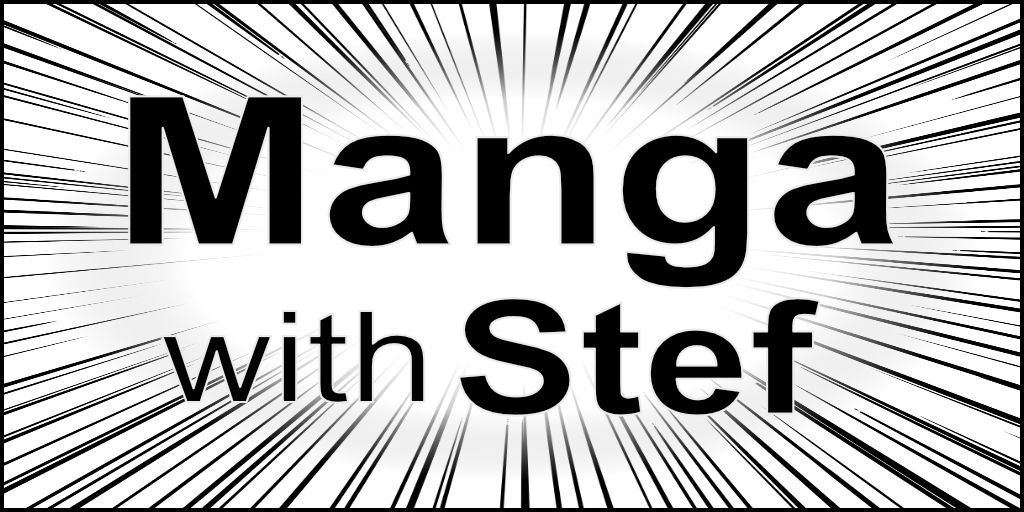Ending Your Manga Story

Ending Your Manga Story
All good thing has to come to an end. In this article, I will explain when and why you should put an end to your manga series, and how to do it. And you will see that has hard as it may seem to let go your project, this is not the end of your career as a mangaka.
Let’s get started!
When and why putting an end to a manga series
When you have involved time and effort on a manga series, it might be difficult for you to realize that your story is declining and that it is time to let it go.
Taking the assumption that you have had some success and that you are monitoring this success, there are 3 symptoms/signs that can show that you should end your story:
- You are delaying the end of your story by adding valueless content,
- Your audience and feedbacks have been declining continuously for some times despite efforts you made to regain the interest of your readers,
- You are yourself losing interest in your story.
Note: If you plan to stop because you didn’t get the expected success, you can also try to advertise your manga. But if you did advertise it without success, it is worth also taking a step back and contemplate the fact that you might have failed… And therefore it might be an option to bring your story to its conclusion.
You are delaying the end of your story
The reason for the first symptom is quite standard.
You had planned your story, but getting close to the end you want to delay the conclusion. This can be either because you want to continue to reward your most fervent readers. Or this can be because you want to get as much as possible from your current audience.
In whichever case, the fact that you start to add “fillers” will be visible from your audience. Fillers are pieces of content that do not contribute to moving your characters closer to the goal of your story. The problem, by doing so, is that you risk degrading the value of your story. Current readers, unhappy with the way your story goes, might provide negative feedback. And this negative feedback might have the adverse effect of driving away new readers away from your story. This might even have the side effect of yourself losing interest in your story. The risk here is that you rush the conclusion of your story, further degrading the value of your manga.
You are continuously losing readers
This second sign is simple to spot, but the cause can be difficult to pinpoint.
First, it can be a side effect of the previous symptom where you didn’t realize you were delaying the end of your story.
It can also simply be that your manga did not work as expected.
Either your plot wasn’t well enough prepared and constructed. This can lead your story to becoming confusing, too much complicated or empty. For instance if you lack content and constantly use fillers in between key stages to give consistency to your story. Or you add too many unforeseen developments that render the story incomprehensible and absurd.
Or your story did take a wrong turn which displeased your readers, or confused them. Take the example of a character with an heroic demeanour suddenly doing something unheroic or vile without explanation. This might raise doubt in your readers’ head and make them wonder if your main character is really heroic. If this repeats without reasons, then your readers might take some distance from your story to avoid being deceived.
A problem can also be that you didn’t address the good audience. Let’s say you want to write an horror story which starts as a love story. If you don’t quickly give your readers some insight they are reading an horror story and not a love story, then they will get confused when the butchery starts. Again, your readers will have the perception to have been mislead. They will quit your story as it isn’t what they expected and give it negative feedback.
You lost interest in your story
The last symptom is quite common. You have a great idea, made great plans but have no experience of what it takes to make a manga. And as time passes by, you get bored of it and the content loses quality.
Here, the problem is generally that we tend to dream too big. We want to do a thousands chapter series that will bring millions without realizing the amount of work and commitment this requires. We then get trapped between the will to satisfy the desire of the readers that want to see the development of the story, and or willingness to quit which impacts the quality of the content. And this situation can be really noxious to ourselves, as it creates a lot of stress.
How to end your manga story
As the idiom says: “All good stories come to an end.”.
And the end is generally a big contributor to making a story good. A story with a bad ending, an ending that doesn’t reward the readers for the time they spend reading the entire story, will in the end receive bad to very bad reviews as readers will have the impression they wasted their time.
Therefore to end your story you will have two objectives:
- Create a climax,
- Reward your readers.
This should be done in 2 or 3 chapters, 3 chapters being quite a standard in the industry.
But more than everything, you must also make sure that the conclusion of your story is in line with the promises you made to your readers in your very first chapters.
Creating a climax
As we have seen in the 3-acts structure, the climax is a point where accumulated tension is released. This is the apotheosis of your story.
To create a climax:
- You need first to create tension.
- Then the climax is the point of upmost tension/emotion.
- And finally the situation is resolved, releasing the tension and emotions.
You can see here the 3 chapters I mentioned previously.
The first chapter shall create tension. You need to have your main character(s) expecting a new/big challenge. For instance, in a battle story, this will be the anticipation of the final attack. In a love story, this can be the loved one(s) announcing he/she/they is leaving, striking the main character with despair. In a drama, an illness suddenly getting worse and threatening the life of the main character…
Then, in the second chapter, you have the climax itself. This is the final battle, the rush to the airport time, the gathering of all willpower to survive the illness. It shall stop just before the challenge is solved, leaving the reader in the expectation.
And finally, the last chapter will be the relief, the release of the tension. This is the hero winning the battle. Or the hero finally telling “I love you!” to the one he/she/they love. Or again the hero finally defeating the malady. And you should keep 1 to 3 pages to…
Reward your readers
The reward will be a little extra at the end of your story, in the very last page or pages.
This can be a moral, the takeaway of your story
Or this can also be an unexpected discovery. The hero realizing that more than the treasure he/she/they got, the friends he made on his/her/their has a greater value.
This can finally be teasing a new menace, announcing a new story to come.
Whatever your choice, this should be a way for you to say “Thank you” to all your readers for the support they have given you by reading your story and providing you feedback.
Learn your lessons
Now that your series comes to an end, it is also the time for you to take a step back.
First, you have to appreciate the fact that you have lead that project to its proper end, whatever the context. Many people think about making a manga, a few start doing it, and many them drop the project on the way. Therefore you should be proud of yourself if you lead your project to its end.
This is also the moment for you to appreciate the skills your learnt and the ones you improved at during the process. Storytelling, drawing, inking, handling feedback…
Next is the time for you to look at what went well, what didn’t, what were the parts you liked and which ones you didn’t. Here are a few examples of questions you can ask yourself:
- Did you like making a manga?
- Did you like drawing? Did you like writing?
- Was your storytelling well prepared or were there some flaws?
- Were you at ease with drawing characters, vehicles, forests…?
- What were the parts your readers liked, and which one did they critisize?
- Which chapters of your story got the more readers/like? And which ones did get the least readers/likes?
- What did you do to improve your readership? Did it work? Did it fail?
- …
The answers to the questions above will highlight some of your other likes and dislikes, and some of your strength and weaknesses.
And now, start to project yourself in the next steps. Will you train to improve your technique? Ask the support of an artist or writer for your next project? Start outlining your next project? Take some rest?
There is no bad answer. If you were able to come up to the end of the process, you did a great job.
And if you are sad because you have stopped your manga, you can always make a new version, or a prequel or sequel to it.
Thank you for reading this article. Do not hesitate to share your feedback or to ask any question you might have in the comments.
Stef
